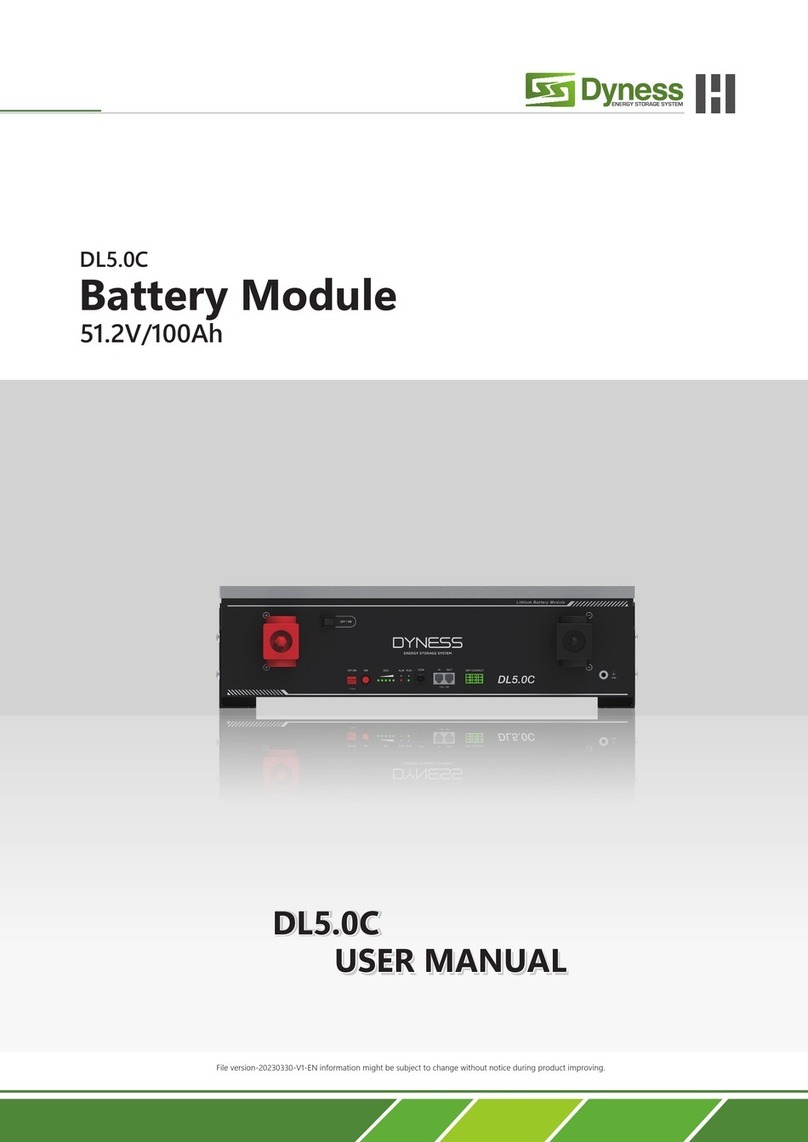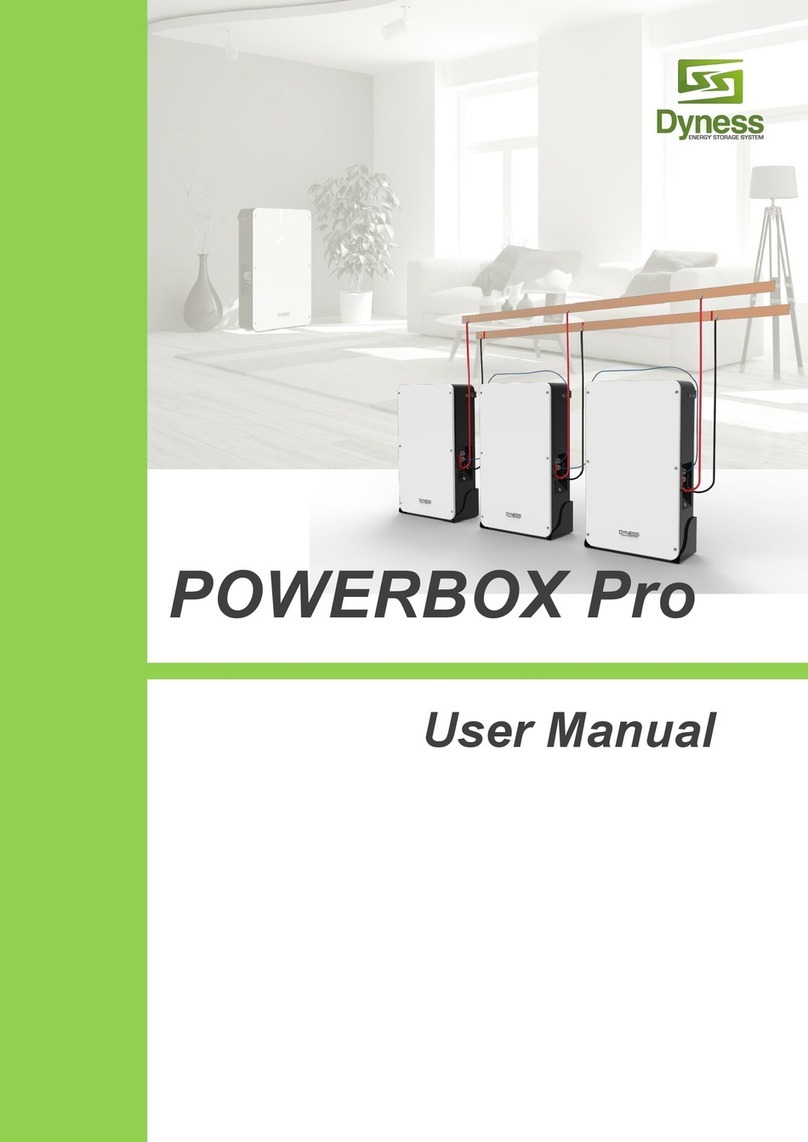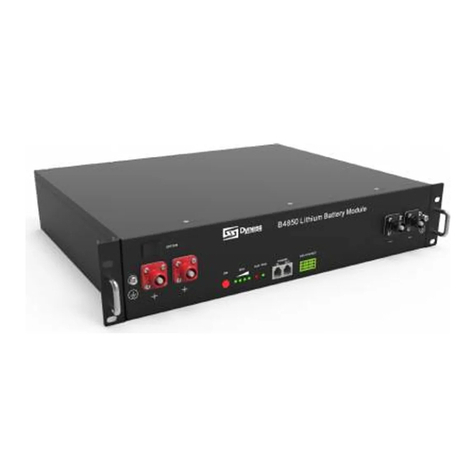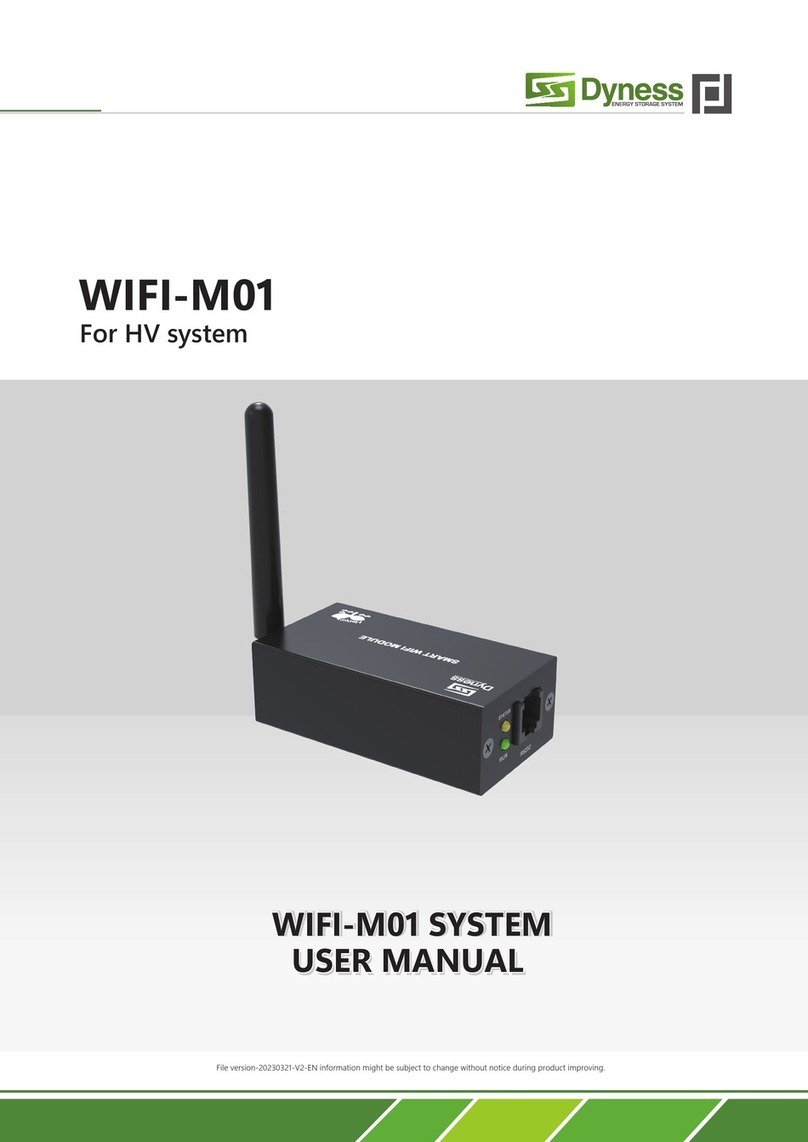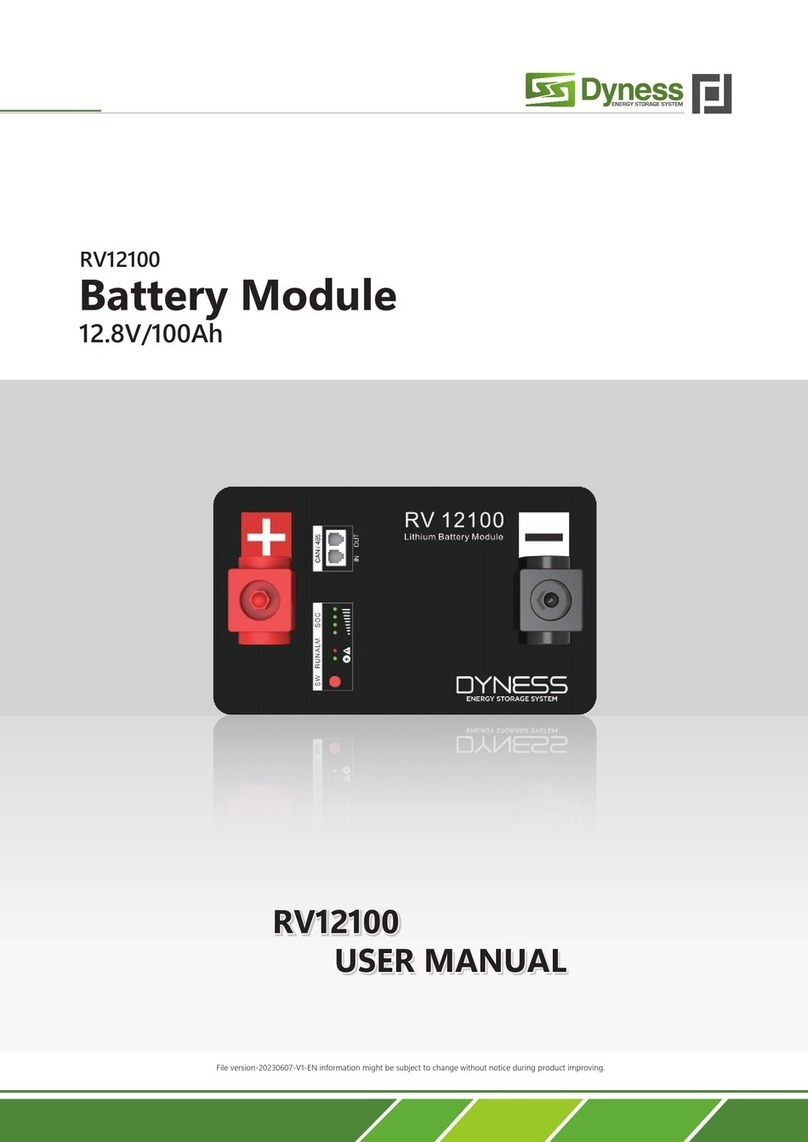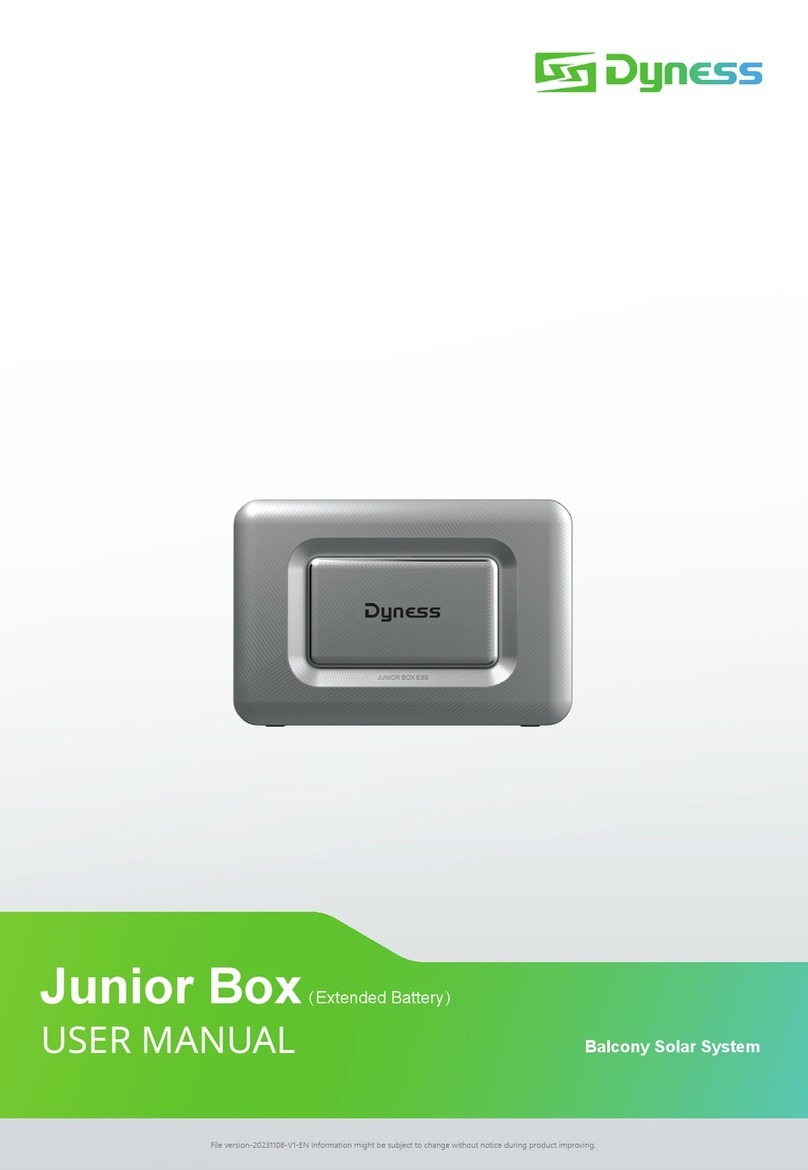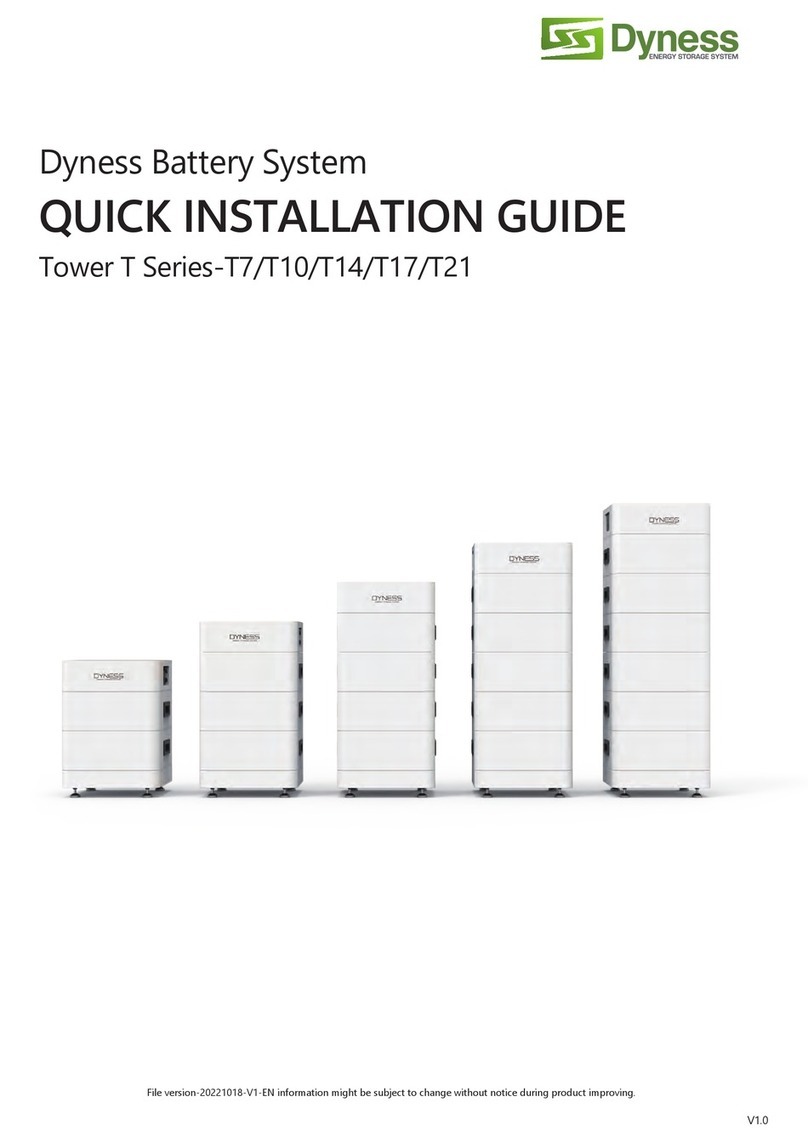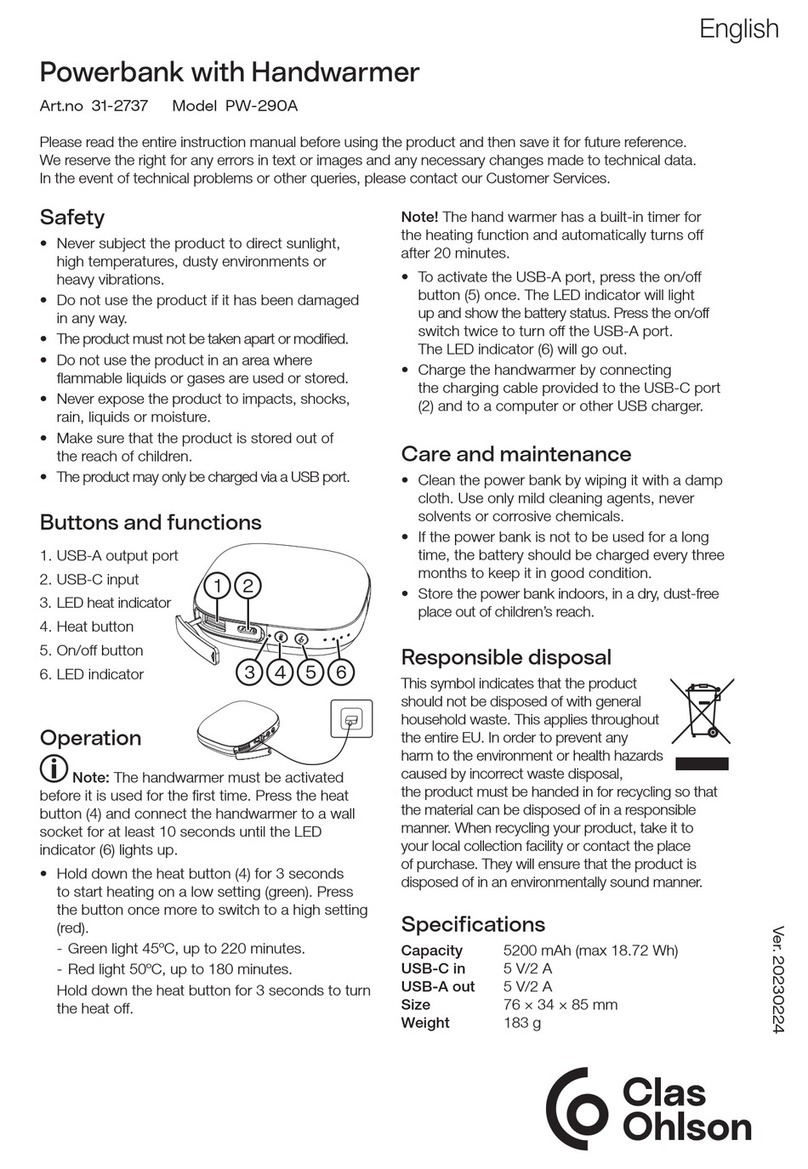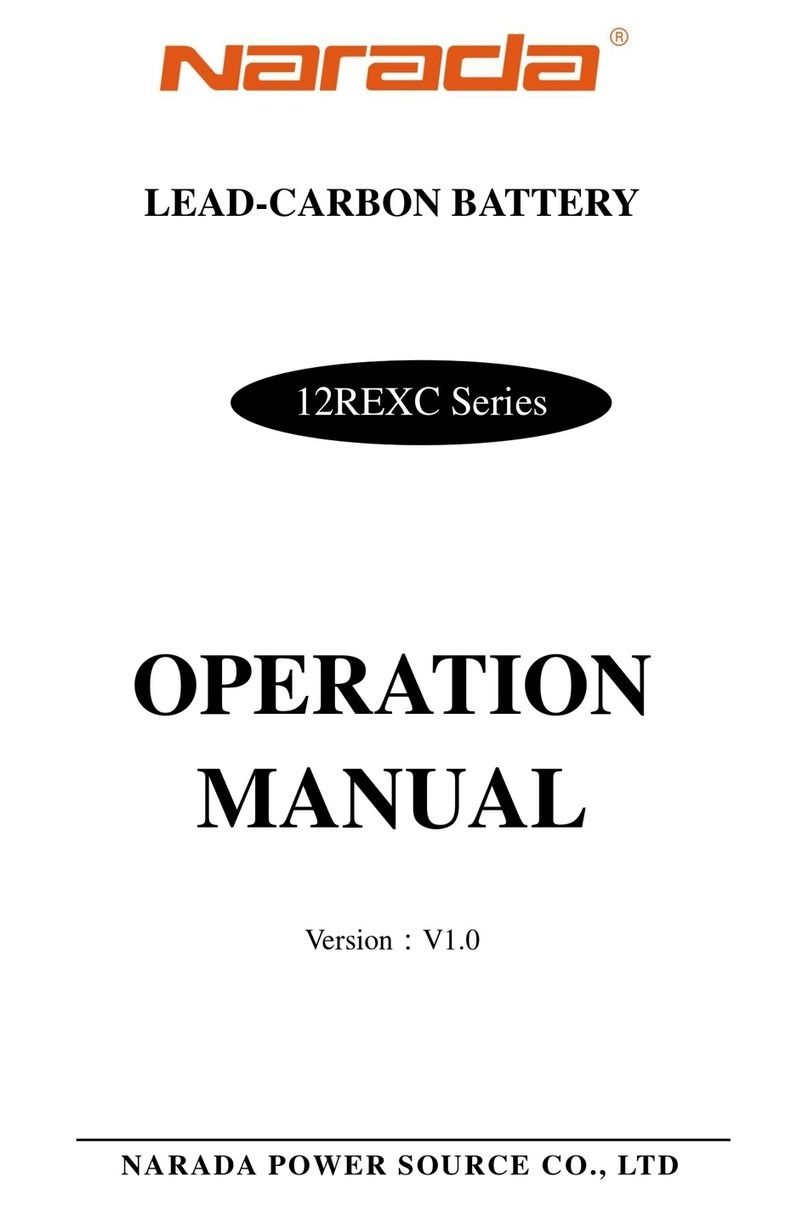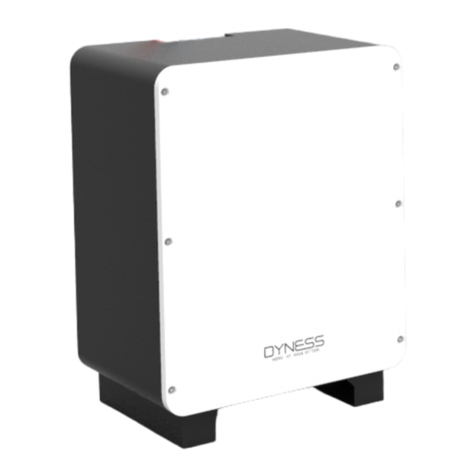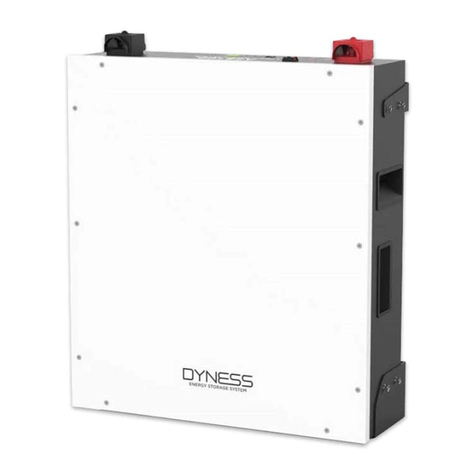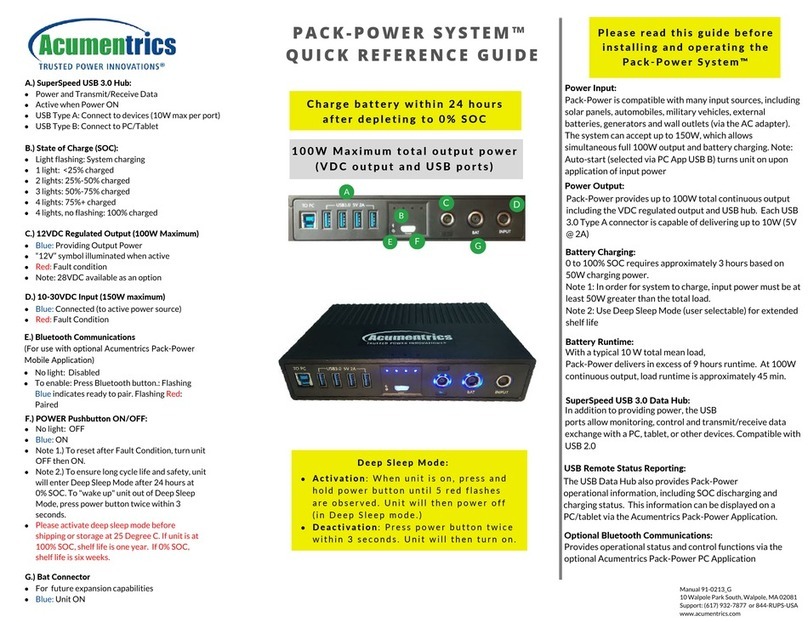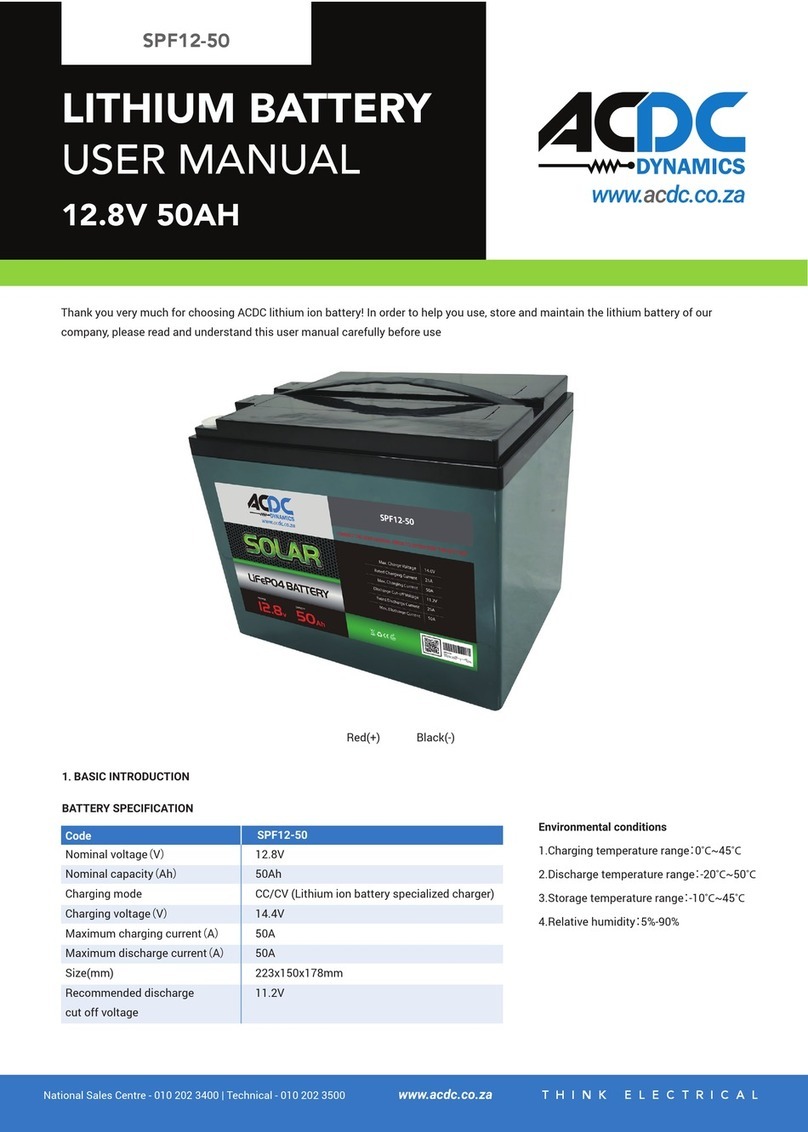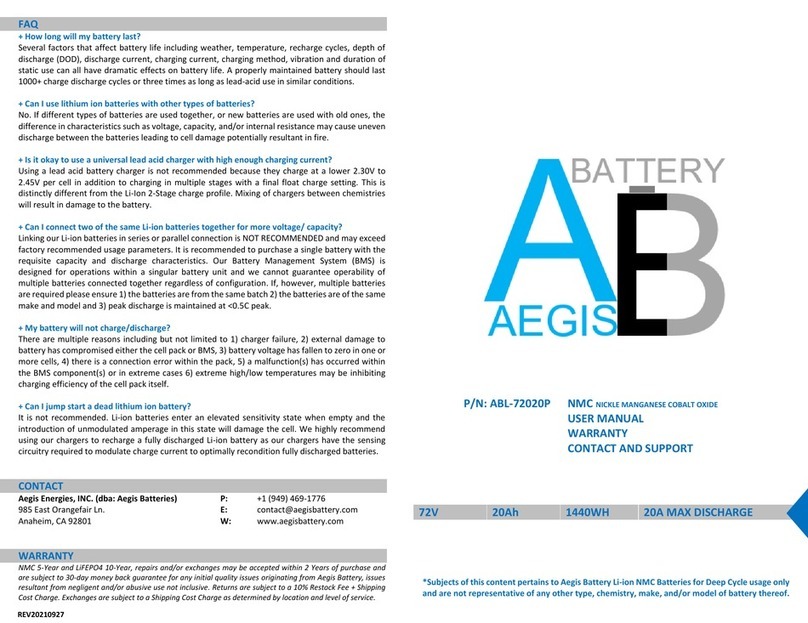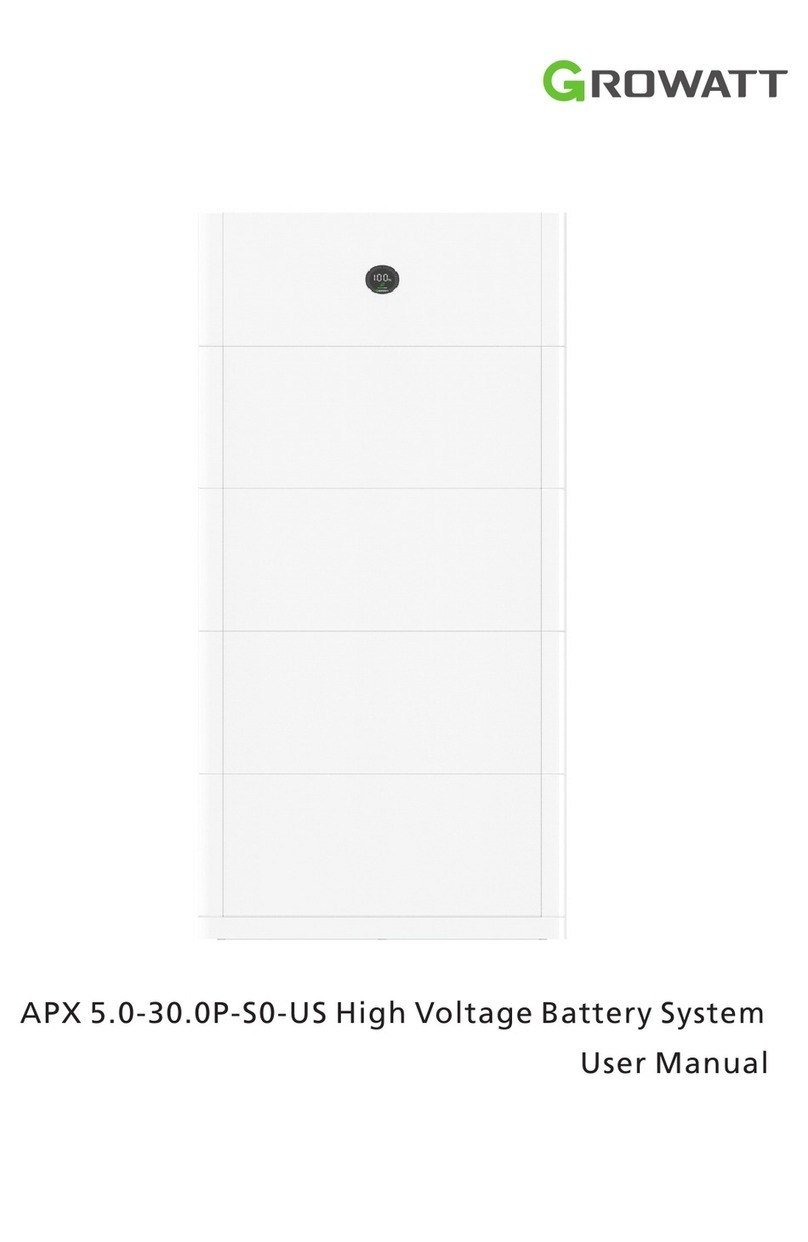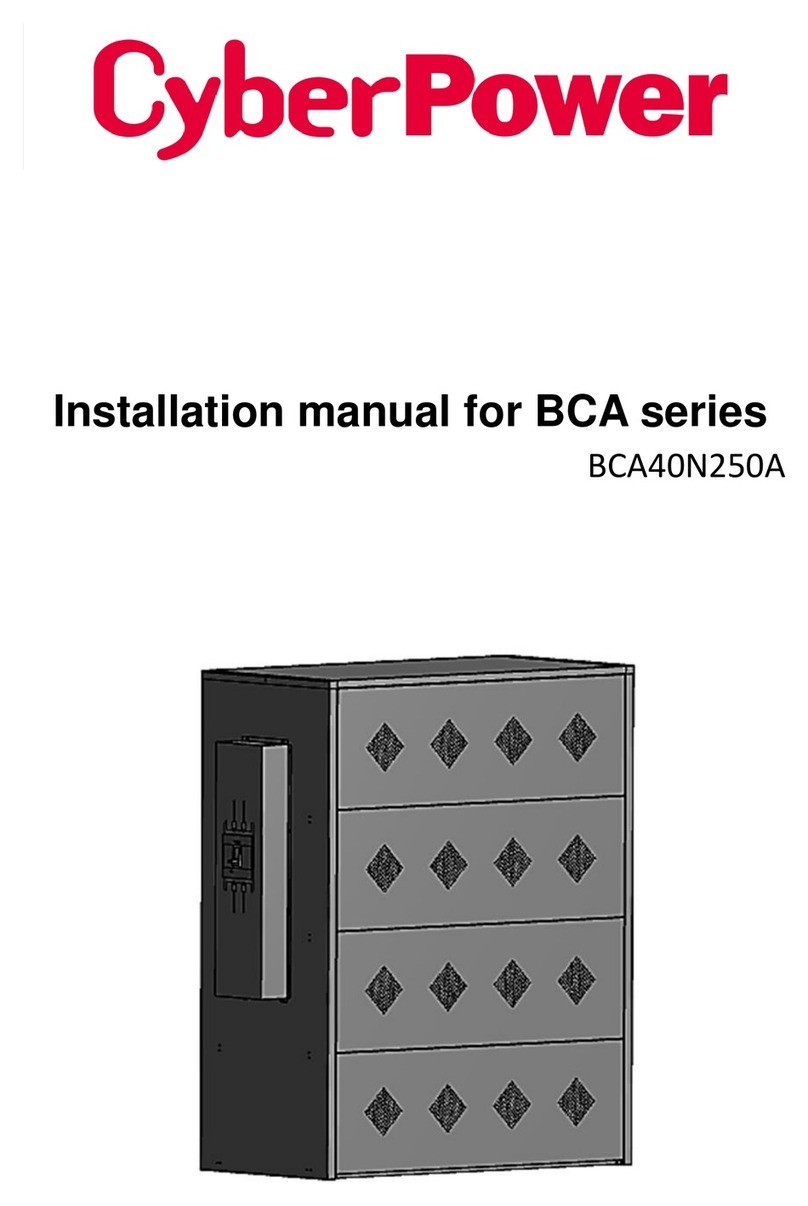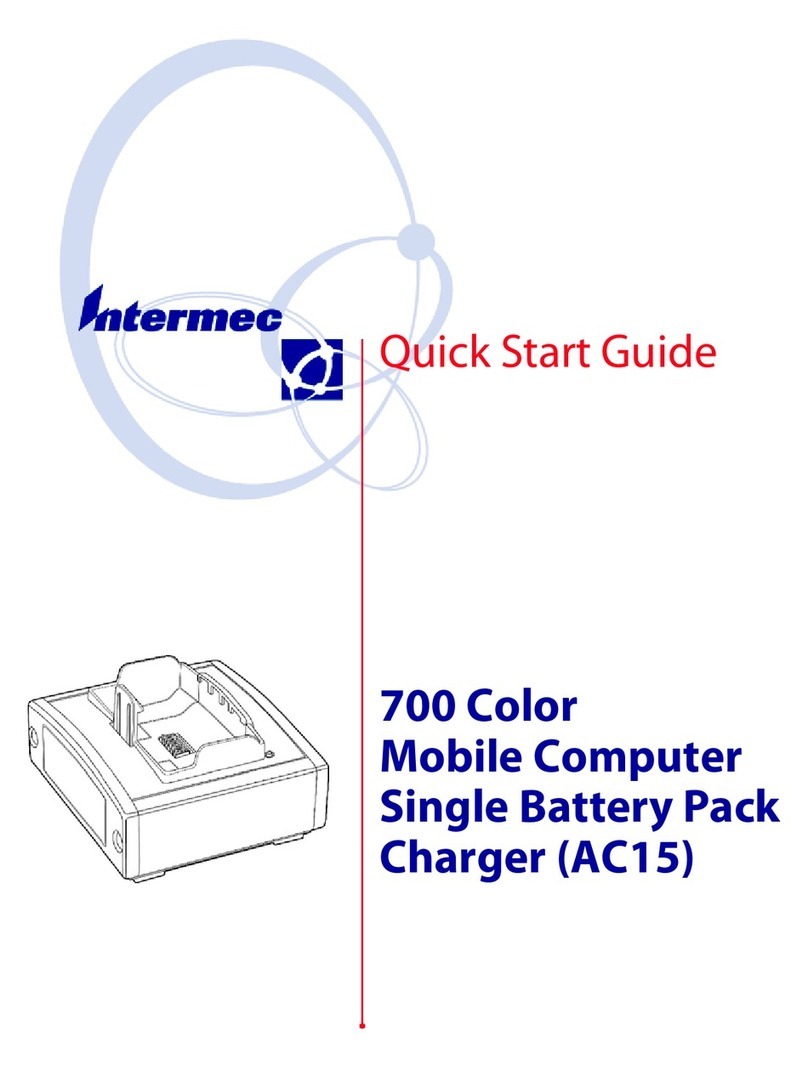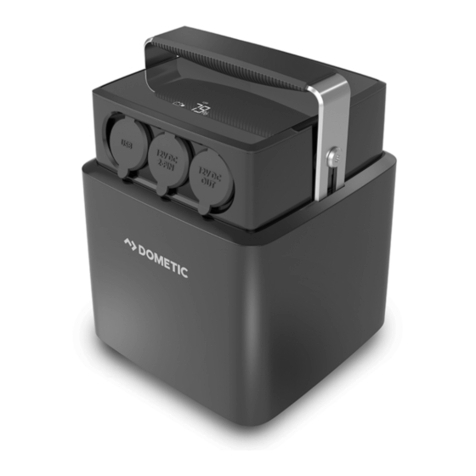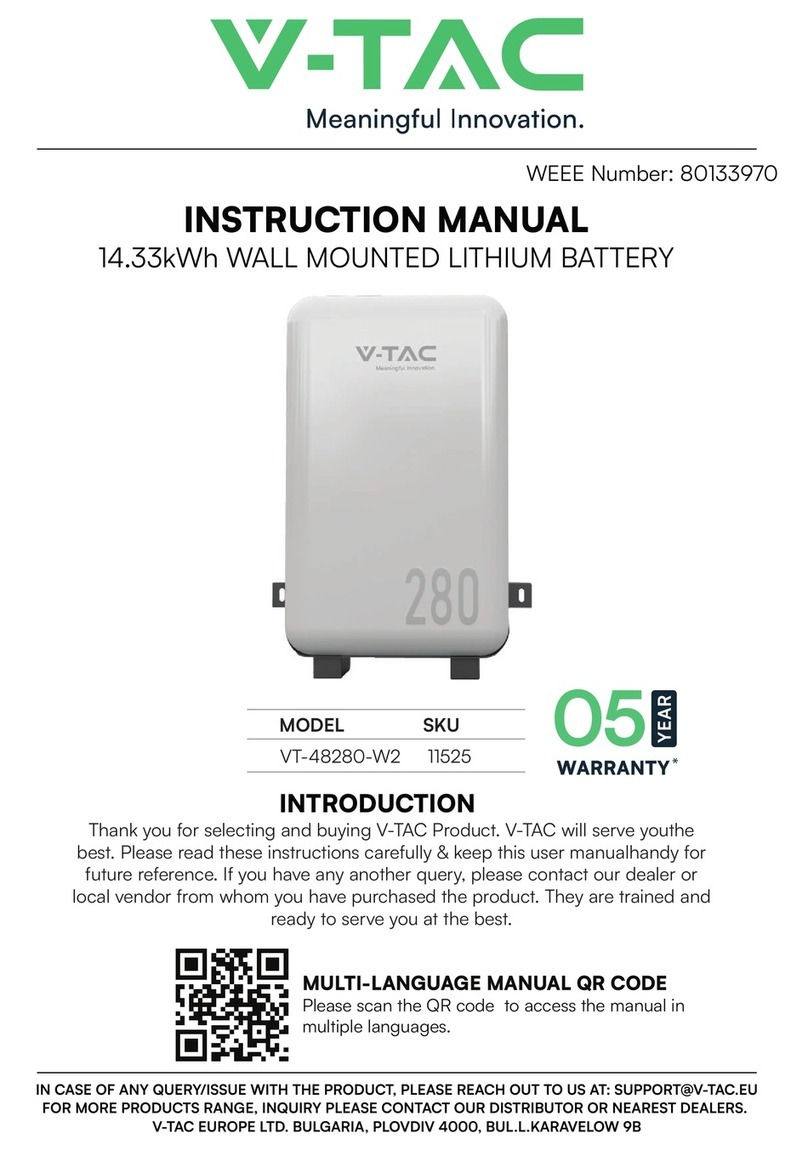
I
Content
Statement of Law.................................................................................................................................. 1
Safety Precautions............................................................................................................................... 2
Preface.....................................................................................................................................................3
1 Introduction........................................................................................................................................4
1.1 Brief Introduction..................................................................................................................... 4
1.2 Product Properties...................................................................................................................4
1.3 Product identity definition..................................................................................................... 4
2 Product Specification......................................................................................................................6
2.1 System Performance Parameter.......................................................................................... 6
2.2 Battery Module..........................................................................................................................7
2.3 Interface Definition.................................................................................................................. 8
2.3.1 Communication port.........................................................................................................9
2.4 Battery Management System(BMS).................................................................................. 10
2.4.1 Voltage Protection......................................................................................................... 10
2.4.2 Current Protection......................................................................................................... 10
2.4.3 Temperature Protection............................................................................................... 10
3 Installation and Configuration.................................................................................................... 12
3.1 Preparation for installation..................................................................................................12
3.1.1 Environmental requirements...................................................................................... 12
3.1.2 Tools and data................................................................................................................ 12
3.1.3 Technical preparation...................................................................................................13
3.1.4 Unpacking inspection...................................................................................................13
3.1.5 Engineering coordination............................................................................................15
3.2 Equipment installation..........................................................................................................15
3.2.1 Installation preparation................................................................................................. 16
3.2.2 Mechanical installation..................................................................................................16
3.2.3 Electrical installation.................................................................................................... 18
3.2.4 Battery system self-test............................................................................................... 19
3.2.5 Shut down the system.................................................................................................. 19
3.2.6 Connecting inverter........................................................................................................20
3.2.7 Register on the website after installation............................................................... 21
4 Maintenance.................................................................................................................................... 22
4.1 Trouble shooting....................................................................................................................22
4.2 Replacement of main component......................................................................................22
4.2.1 Replacement of Battery Controller (BDU)..................................................................... 22
4.3 Battery Maintenance.............................................................................................................. 23
4.3.1 Voltage Inspection:.........................................................................................................23
4.3.2 Voltage Inspection:.........................................................................................................23
5 Storage Recommendations.......................................................................................................... 23
6 Shipment............................................................................................................................................24
